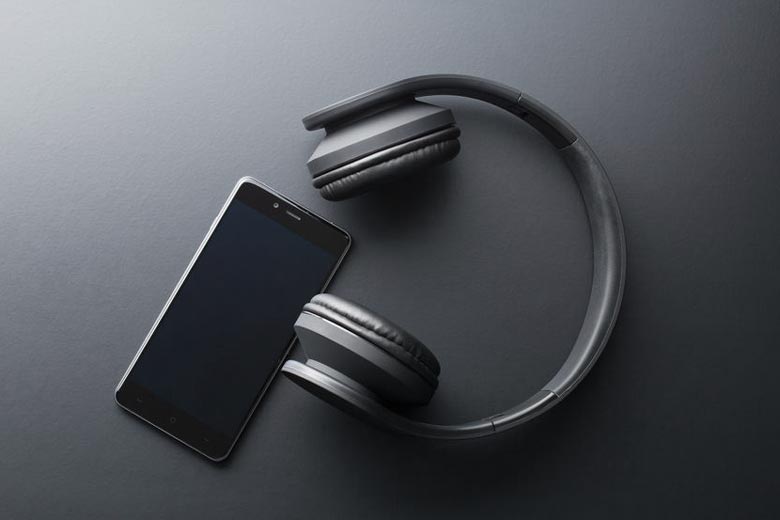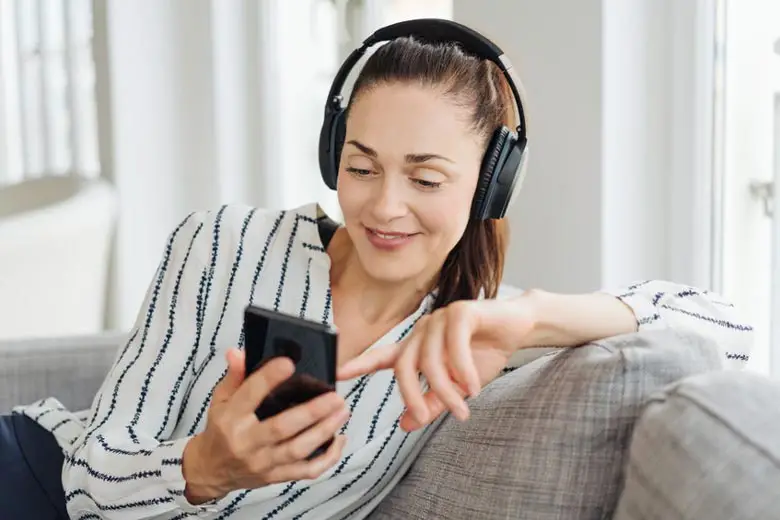Now that many headphones are wireless, they have become more portable than ever. You can now listen to your favorite tunes on the go without dealing with cords that can get tangled or caught on something. However, since wireless headphones run on batteries, you might be wondering if you can use them right out of the box.
Most wireless headphones come charged. They run on built-in lithium-ion rechargeable batteries. However, don’t expect the charge to be at 100%. According to manufacturers’ recommendations, you still need to charge your headphones as soon as you unbox them.
This article will shed more light on why wireless headphones are only partially charged at the factory. We will also discuss the factors that shorten a lithium-ion battery’s lifespan and how you can prolong the life of your wireless headphones.

Why Wireless Headphones Don’t Come Fully Charged From the Factory
Like with any new gadget, the first thing you want to do with a new pair of wireless headphones is to use them as soon as you take them out of the box.
Unfortunately, you’ll have to anxiously wait a little longer. Even if you can turn the headphones on, they will usually be only 20-50% charged.
Charging could take hours, so why don’t manufacturers make it a practice to fully charge the headphones before packing them?
Charging the Batteries Takes Up Production Time
The batteries in headphones receive a partial charge during the manufacturing and testing phase, which allows the manufacturer to test if the battery and device work. However, there may not be enough time to fully charge the batteries before making it to the packaging stage.
If the manufacturers were to fully charge the headphones before packaging them, it would take more time in the production line. Taking up more time would lead to less output.
The only way to mitigate the lower output would be to increase the workforce and equipment, which would drive production costs up. This would ultimately lead to more expensive headphones.
It seems a little convoluted, but every detail in the manufacturing process can have a noticeable effect.
Batteries Self-Discharge
Even if the manufacturers invested in fully charging the headphones at the factory, you still wouldn’t end up with a fully charged device after purchasing it. Batteries self-discharge even when the device they power is off.
Lithium-ion batteries have a self-discharge rate of 1.5-2% per month. The discharge rate increases as temperatures rise. There’s also the fact that a battery with a charge is close to 100% will self-discharge more rapidly than one with a charge of 40%.
Headphones can sit on a store shelf for months, so even if they were fully charged at the factory, whoever buys them would still need to recharge the headphones after unboxing them. This would negate any benefit from fully charging the headphones at the factory.
A Partial Charge Puts Less Strain on the Battery
A fully charged battery is prone to more strain than a partially charged battery, and not just because it self-discharges more rapidly.
A fully charged battery works harder to contain its energy than one that is only partially charged.
For this reason, keeping a battery at full charge weakens it and shortens its lifespan.
Lithium-ion battery manufacturers recommend keeping the battery level at 40% if you plan on storing them.
It’s crucial to make sure they have some charge—if they lose their charge completely, they could later become unchargeable.
How Long Should You Charge Your Headphones?
You should charge your headphones until they are fully charged or close to full charge, which takes anywhere between 1 and 5 hours depending on the size of the battery.
The charging time for wireless headphones will depend on the battery’s capacity and the charger’s specifications. Headphones with bigger batteries generally take longer to charge fully. However, fast chargers can significantly decrease the amount of time it takes to charge a pair of headphones.
It’s best to refer to the owner’s manual to determine how long you should charge your headphones. Some manufacturers will ask you to charge the headphones before using them, even if they come pre-charged.
Charging your headphones properly can have a strong impact on how much they last.
How To Prolong The Battery Life of Your Headphones
Regardless of how much you paid for your wireless headphones, the sad truth is they will not last forever. The built-in batteries of your headphones have a limited lifespan, and in most cases, they are not replaceable.
As your headphones age, you may find the batteries depleting faster and that you need more frequent charging sessions.
Over time, batteries undergo capacity fade, a process where the amount of charge they can store gradually decreases.
Fortunately, there are steps you can take to prolong the battery life of your headphones.

Don’t Leave the Headphones Charging Overnight
Charging your headphones overnight can cause the batteries to overheat. Most batteries will automatically stop charging once they reach full capacity, but it might be hard to tell if this functionality is even working.
Keeping your headphones plugged in all the time is not recommended. You should try to keep the batteries charged between the 30-80% range to increase their longevity, and keeping them plugged in means they’re constantly maxed out.
As mentioned earlier, fully depleting a battery or keeping it 100% charged isn’t the best practice. Don’t wait for the headphones to die before recharging them, and charge them within the time recommended by the manufacturer.

To prevent overcharging, connect the charger to a smart plug. The Esicoo Smart Plug (available on Amazon.com) works with Alexa and has a timer, so you can set when you want it to start and stop sending power to your charger.
You should also turn your headphones off when you’re not using them to minimize the need to keep charging them. Frequent charging significantly shortens battery life.
Another way to lessen charging frequency is to purchase headphones with long battery life. Some headphones can last up to 70 hours on a single charge.
Try to purchase headphones that come with a 3.5 mm (.14 in) jack and use the cord whenever you can. The bonus here is that your headphones will not be rendered useless when the battery inevitably dies.
Related article: Should You Sleep With Headphones While Charging?
Only Use the Charger That Comes With the Headphones
Many headphones will come with universal charge ports (like USB-C) that will work with other chargers. However, you should only use the charger that comes with your wireless headphones.
Branded chargers have protection boards that regulate the flow of electrons and prevent short circuits. Replacement chargers might not offer the same level of protection.
Furthermore, using a charger with a different voltage and amperage than your original charger can cause overheating and shorten the lifespan of your headphones.
Take Precautions When the Headphones Are Not in Use
Aside from practicing good charging habits, it’s also essential to store your headphones properly when they are not in use. The batteries can also malfunction or have a shorter lifespan due to physical damage or poor handling.
Many wireless headphones come with a carrying case, while wireless earbuds usually have a charging case. Keep the headphones inside their case when you’re not using them to protect them from accidental drops or sitting on them. Excessive weight or force can rapture the batteries, causing them to leak.
Make sure to store your headphones in an area where they will not be exposed to excessive heat. High temperatures put the batteries under more stress and make them self-discharge faster.
Final Thoughts
The amount of charge headphones have out of the box will differ depending on the manufacturing process and how long they’ve been on the shelf.
The manufacturer will often advise you to charge a new pair of headphones before you start using them.
It is crucial to follow the manufacturer’s recommendations and take the necessary precautions when charging your headphones. These measures can dramatically affect their lifespan.
